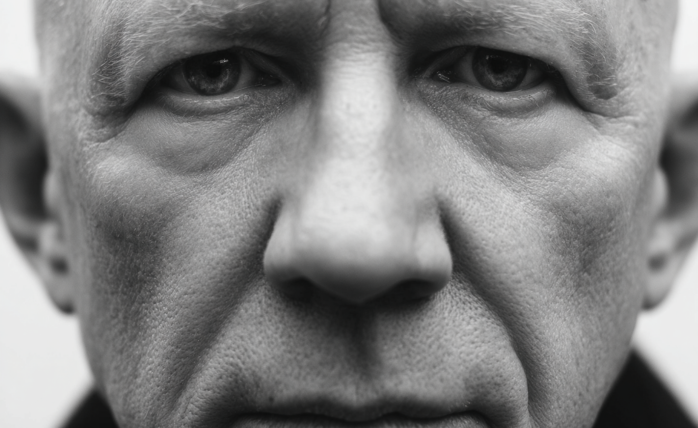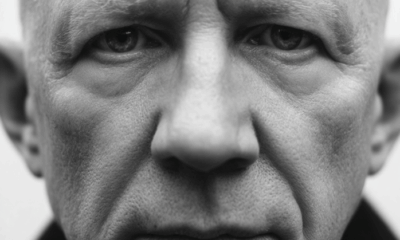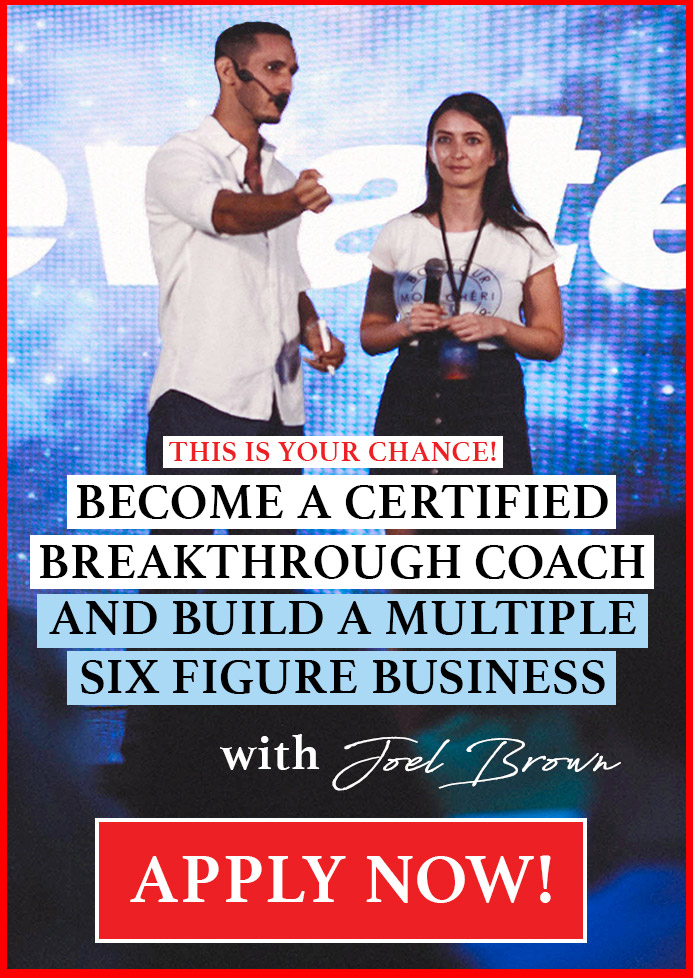Change Your Mindset
How to Let Go of Unconscious Patterns That No Longer Serve You
Spending more and more time going inward will free you to move forward.

I was chatting with a friend of mine who was recently laid off. The experience has been overwhelming for him in a myriad of ways, including feeling inadequate and not good enough to get another job.
He scrolls through job postings on LinkedIn and sees jobs in his industry that might be a good fit but chooses not to apply to them. Why? It’s safer to reject himself before others have a chance to reject him.
In contrast, I have another friend who was recently laid off and she is enjoying this journey and using it as an opportunity to explore what might be next. She feels excited and ready to take on a new adventure. And, she’s having a ton of conversations with various people about what they do so she can compile a list of opportunities that would feel expansive to her.
What is the difference here? The exact same event occurred, but how these two friends are dealing with it, the thoughts, and emotions they are experiencing, and actions they are taking are so very different.
I believe the answer can be found in the book, The myth of normal: trauma, illness & healing in a toxic culture, where author Gabor Maté MD explores two essential needs: attachment and authenticity.
The purpose of attachment, he states, “is to facilitate either caretaking or being taken care of.”
Authenticity is “the quality of being true to oneself.”
Attachment wins when we are young
When we are young, attachment wins because we need help to physically survive. Because we don’t have many tools when we’re young to help keep ourselves safe, we’ll often hide how we feel, even from ourselves.
An example of this might be a parent who repeatedly yells at, talks down to and reprimands a child for not meeting their expectations. The parent, in so many ways, let’s the child know that they aren’t enough.
While the child may feel anger toward the parent, that’s not a safe feeling to feel because they need their help (attachment). So, they turn the anger inward – they may start being harsh with themselves each time they feel they didn’t meet an expectation. This helps protect them in a couple of ways.
First, they don’t make the parent even angrier by showing their anger. And second, because they are taking the place of the parent, so the parent can see they are being harsh with themselves, and they can back off.
“The conscious mind determines the actions, the unconscious mind determines the reactions; and the reactions are just as important as the actions.” – E. Stanley Jones
Authenticity wins when we are older
But, as we get older, being authentic is a higher priority to us. Unfortunately, if we had to hide how we felt all those years, over time that chips away at our ability to be authentic.
Dr. Maté states, “As these patterns get wired into our nervous system, the perceived need to be what the world demands becomes entangled with our sense of who we are and how to seek love. Inauthenticity is thereafter misidentified with survival because the two were synonymous during the formative years.”
In this example, we’ve got an adult who feels it isn’t safe to feel anger and is very hard on themselves when they feel they haven’t met an expectation. In fact, they may even decide it’s too scary to even try (like my friend who was laid off).
And, they aren’t consciously doing it, so it’s difficult to consciously address it. All they know is they feel “stuck.”
An exercise to try if you’re feeling stuck
If you’re feeling stuck in some way, it’s likely a part of you that is working to keep you safe, day and night. So, what can be done? Go inward. Acknowledge and befriend this part. Find out what it needs. This will help you to integrate it and move forward.
Here’s an exercise to try:
- Find a quiet time and calm your mind.
- Reflect on a recent event, conversation, etc. that felt uncomfortable to you. This might be a feeling of inadequacy, anxiousness, resentment, etc.
- Identify the emotion (anger, sadness, fear, disappointment, etc.) that comes up as you reflect on the situation.
- Identify where you feel this emotion in your body (chest, neck, stomach, throat, etc.).
- Identify what the sensation in your body feels like (shallow breathing, heaviness, burning throat, neck pain, etc.). Simply sit with this sensation. Feel into it.
- Thank the part for trying to protect you for so long. It only has good intentions.
- Ask this part, “What is it that you need?” Don’t try to force thoughts – the answer won’t come from your mind. Just sit with this question and see what comes up for you.
Continuing the integration
Spending more and more time going inward will help integrate these parts, which will free you to move forward. For example, at a time in my life when I was in the middle of a career pivot, I felt exhausted and foggy – unable to get any traction.
During this exercise, I was able to identify a part of me that didn’t want a career change because it was too scary and unstable. Instead, it wanted to stay with what was known, dependable, and safe. So, I was able to use that information to decide what to do next.
In my case, I decided to work a few hours with former clients as well as new ones. With this mix of work (both old and new), the exhaustion and fog dissipated.
Is there an area of your life where you feel stuck or don’t know what to do? Try this exercise and see what comes up for you.
Life
10 Research-Backed Steps to Create Real Change This New Year
This New Year could finally be the one where you break old patterns and create real, lasting change.

Every New Year, we make plans and set goals, but often repeat old patterns. (more…)
Change Your Mindset
The Silent Skill That Makes People Respect You Instantly
What truly earns respect and why most people go about it the wrong way

Everybody craves respect but not everyone earns it. Some people believe that a title, years of experience, or a position of authority automatically entitles them to respect. (more…)
Change Your Mindset
How to Turn Your Mind Into Your Greatest Asset (Instead of Your Enemy)
The thoughts you feed your mind today quietly become the life you live tomorrow.

The human mind has two parts: the conscious mind and the subconscious mind. Both work together, but each has a very distinct role in shaping your life, decisions, habits, and results. (more…)
Did You Know
The Success Patterns You Inherited (And Didn’t Notice)
Your family history may hold the key to why you think, act, and feel the way you do today.

Who are you? Your experiences and your family’s narratives and legacies contribute to your identity. Your ancestry contains individual traits and forces that have been inherited over the years. It also carries the fights and victories of your forebears and older family members. (more…)
-

 Shift Your Mindset4 weeks ago
Shift Your Mindset4 weeks ago11 E’s That Define Every Great Leader And Why Most People Miss Them
-

 Did You Know4 weeks ago
Did You Know4 weeks agoThe Success Patterns You Inherited (And Didn’t Notice)
-

 Entrepreneurs3 weeks ago
Entrepreneurs3 weeks agoThe Essential Skills Every Entrepreneur Needs In 2026
-

 Business4 weeks ago
Business4 weeks agoThe Hidden Money Pit in Your Operations (and How to Use It)
-

 Change Your Mindset3 weeks ago
Change Your Mindset3 weeks agoHow to Turn Your Mind Into Your Greatest Asset (Instead of Your Enemy)
-

 Change Your Mindset2 weeks ago
Change Your Mindset2 weeks agoThe Silent Skill That Makes People Respect You Instantly
-

 Life2 weeks ago
Life2 weeks ago10 Research-Backed Steps to Create Real Change This New Year
-

 Tech2 weeks ago
Tech2 weeks agoWhat’s in a Name? How to Get Your Domain Right

























